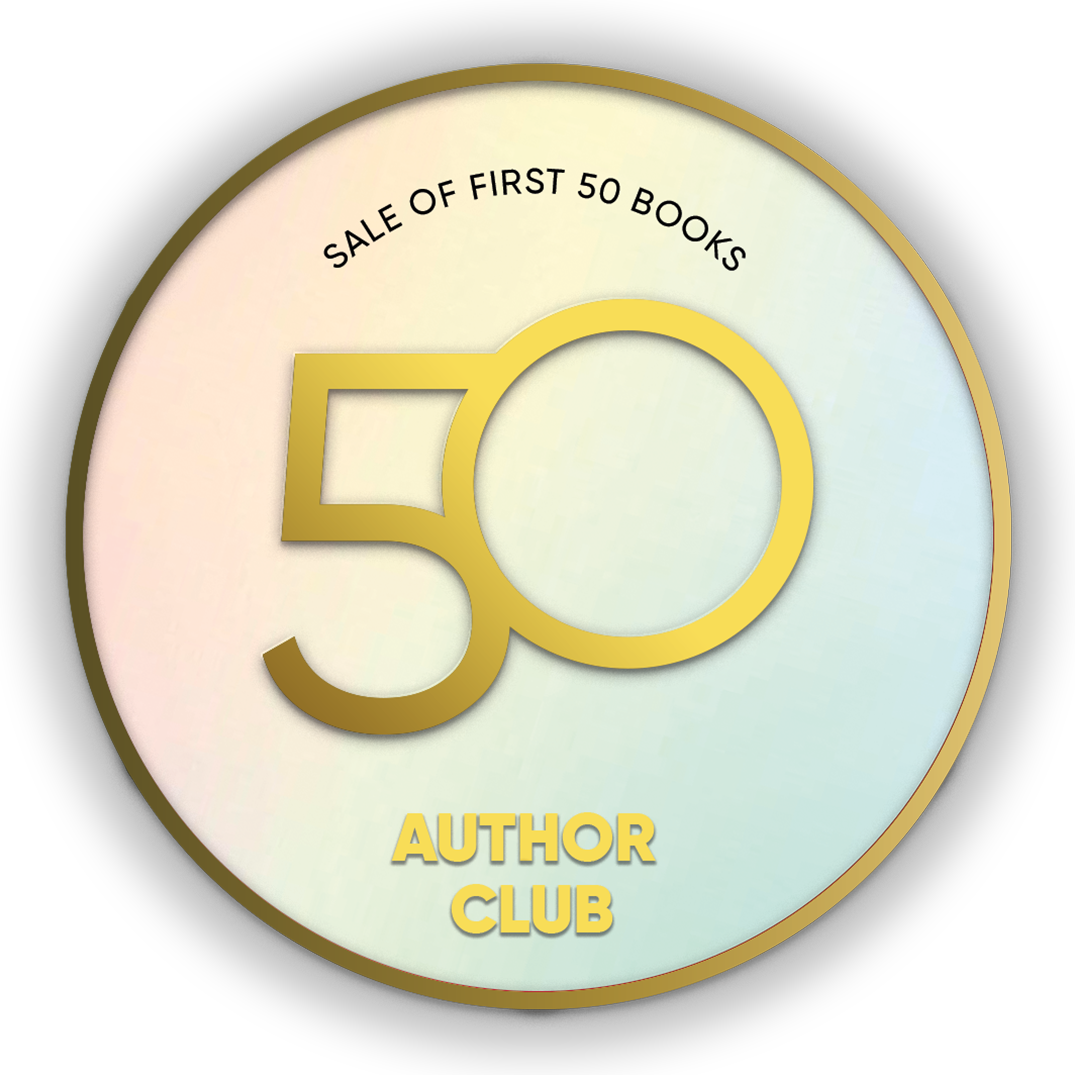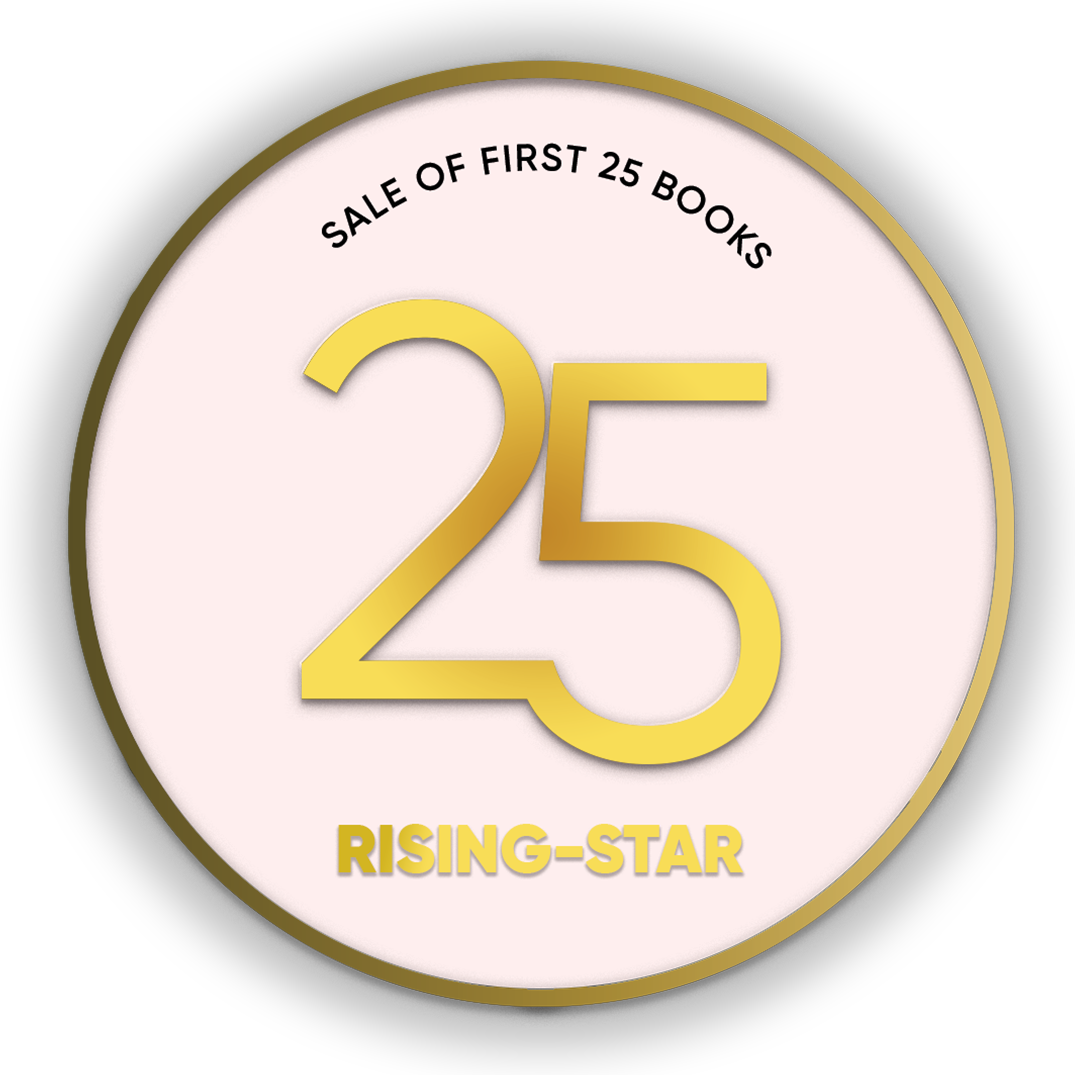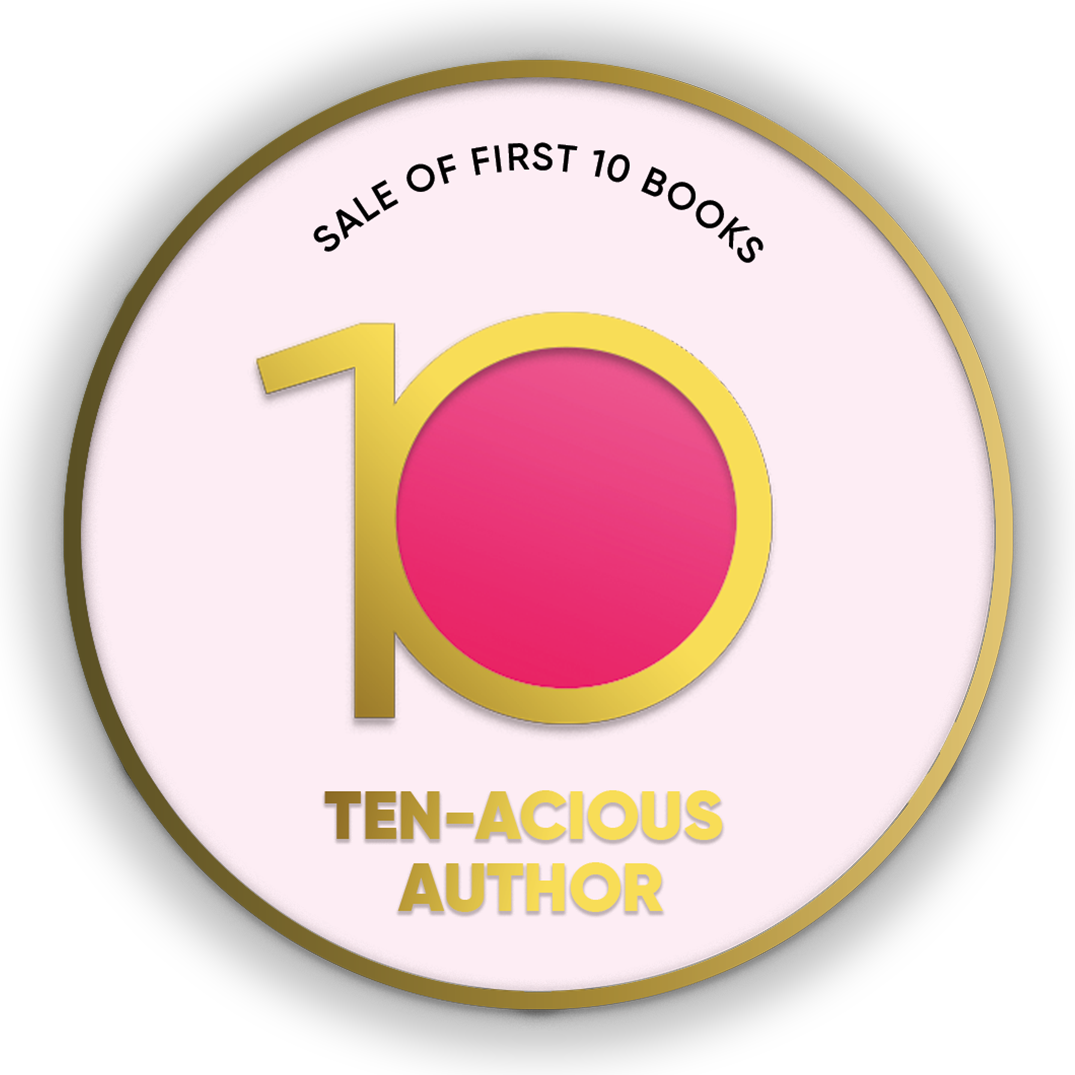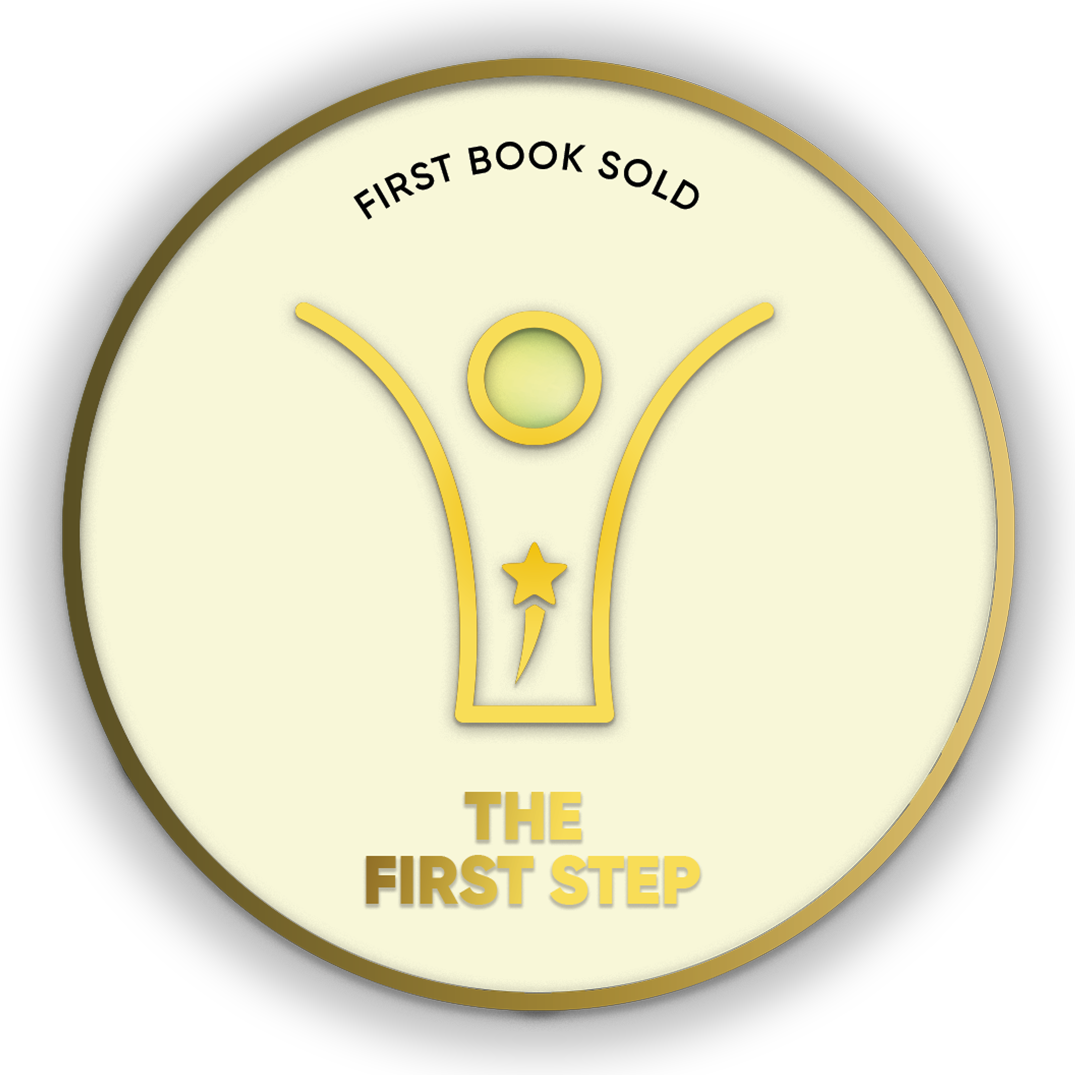
- Discover books
- For Writers
-
For Writers
-
Indie Author Championship
-
Challenges
Writing Contests
- Get Started

"It was a wonderful experience interacting with you and appreciate the way you have planned and executed the whole publication process within the agreed timelines.”
Subrat SaurabhAuthor of Kuch Woh Pal -
-
-
IN
- India
- Singapore
- Malaysia
- UAE
- 0
Crop your profile image

Reflections, Anecdotes, and Encounters
Books by Rajeev Ahuja
The essay is a form that many consider to be akin to a walk. We travel with the writer along paths they have constructed for us in their imaginations. This is not to say that the essay is simple fancy. Instead, a synthesis of intellect, emotions, and imagination is on display here. Memory itself is centre stage, as the writer explores some of their most dear memories, unpacking along the way each of the complex emotions that bubble to the surface.
Here
The essay is a form that many consider to be akin to a walk. We travel with the writer along paths they have constructed for us in their imaginations. This is not to say that the essay is simple fancy. Instead, a synthesis of intellect, emotions, and imagination is on display here. Memory itself is centre stage, as the writer explores some of their most dear memories, unpacking along the way each of the complex emotions that bubble to the surface.
Here, I present to you all a collection of some essays I have written over the years. I’ve arranged them thematically to allow some threads to emerge between these topics, but they can all be read individually, at your leisure.
Written mostly between 1996 and 2003, this collection relates to the heyday of my student life when I was pursuing my PhD degree and later when I joined my first job. As a young bachelor in those days, I had plenty of time for varied experiences and plenty of time to reflect on them.
Over the years, these essays have transported me to a different time, allowing me to relive experiences that are dear to me and to remember many of the insights I’d gained from them. May they amuse and delight you and, like an old friend, bring you some comfort you’d forgotten you could feel.
Modi's Strategy For New India
Books by Rajeev Ahuja
The Modi government’s strategy for India’s development defies easy understanding. It breaks conventional categorization such as short-term vs long-term, rural vs urban, rich vs poor, and government vs people. Those who do not see the strategy as a whole or have a blinkered vision tend to perceive it negatively.
Even economists, to whom people look for guidance, are at loss. Instead of clarifying, they seem to be adding to the confusion. It&
The Modi government’s strategy for India’s development defies easy understanding. It breaks conventional categorization such as short-term vs long-term, rural vs urban, rich vs poor, and government vs people. Those who do not see the strategy as a whole or have a blinkered vision tend to perceive it negatively.
Even economists, to whom people look for guidance, are at loss. Instead of clarifying, they seem to be adding to the confusion. It’s not just that different economists have different takes on it, but some have been flip-flopping.
So, what is this strategy? What is driving it: circumstances or a game plan? Is the strategy autonomously determined or is it subservient to politics? Are Modi’s various welfare programs driven solely by political considerations or do they fit within a larger development paradigm? Is the strategy reactive and short-sighted or pro-active and forward-looking? What does it show us about Modi’s style of functioning?
How is the Modi government capitalizing on the unique situation created by the COVID-19 pandemic? How is the administration taking advantage of changing geopolitics? How effective have policies such as Make-in-India and Atmanirbhar Bharat been? What about the mantra of minimum government, maximum governance?
While seeking to answer these questions, the book places Modi’s development strategy in perspective. The book provides a high-level view of the strategy which otherwise gets lost in discussions entangled in the weeds.
Death of a Professional
Books by Rajeev Ahuja
A middle-aged professional – caught between family and work – is struggling to make a career jump. He falls out of favour with his female boss after he makes a couple of mistakes. No matter how hard he tries, he finds it difficult to please her. Is he finally able to win over his fastidious manager? Or does his effort take him in the opposite direction, further widening the rift between them? How does all this impact his spouse and two young childr
A middle-aged professional – caught between family and work – is struggling to make a career jump. He falls out of favour with his female boss after he makes a couple of mistakes. No matter how hard he tries, he finds it difficult to please her. Is he finally able to win over his fastidious manager? Or does his effort take him in the opposite direction, further widening the rift between them? How does all this impact his spouse and two young children? And what of his relationship with colleagues?
Capturing the every-day dynamics of life at home and at work, this novella brings out how our hero navigates workplace challenges, including office politics and tricks that his boss plays. After the highs and lows at work, does he finally get a career jump or face dire consequences?

Are you sure you want to close this?
You might lose all unsaved changes.
Select from one of our global stores to continue
 India
India
 Malaysia
Malaysia
 Singapore
Singapore
 UAE
UAE
Warning Message
The items in your Cart will be deleted, click ok to proceed.













